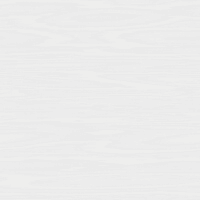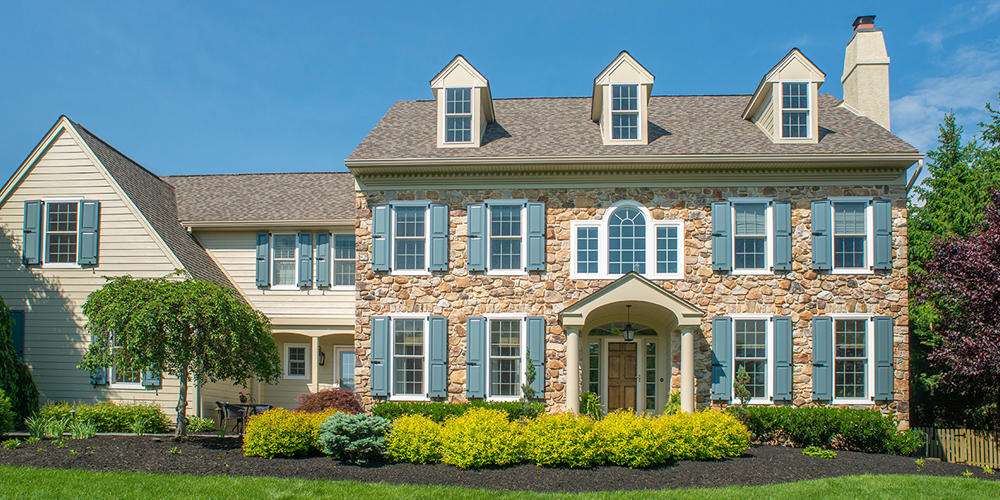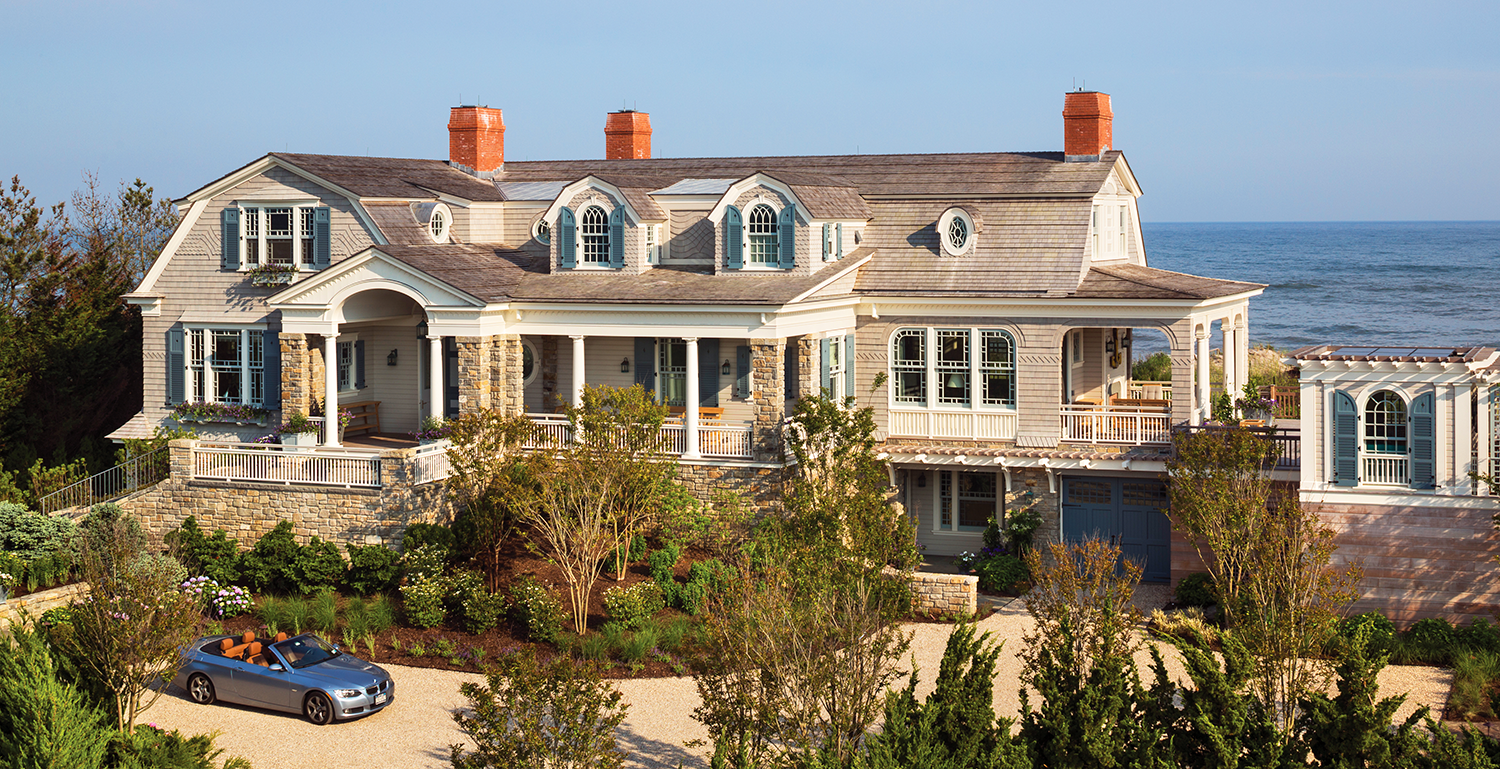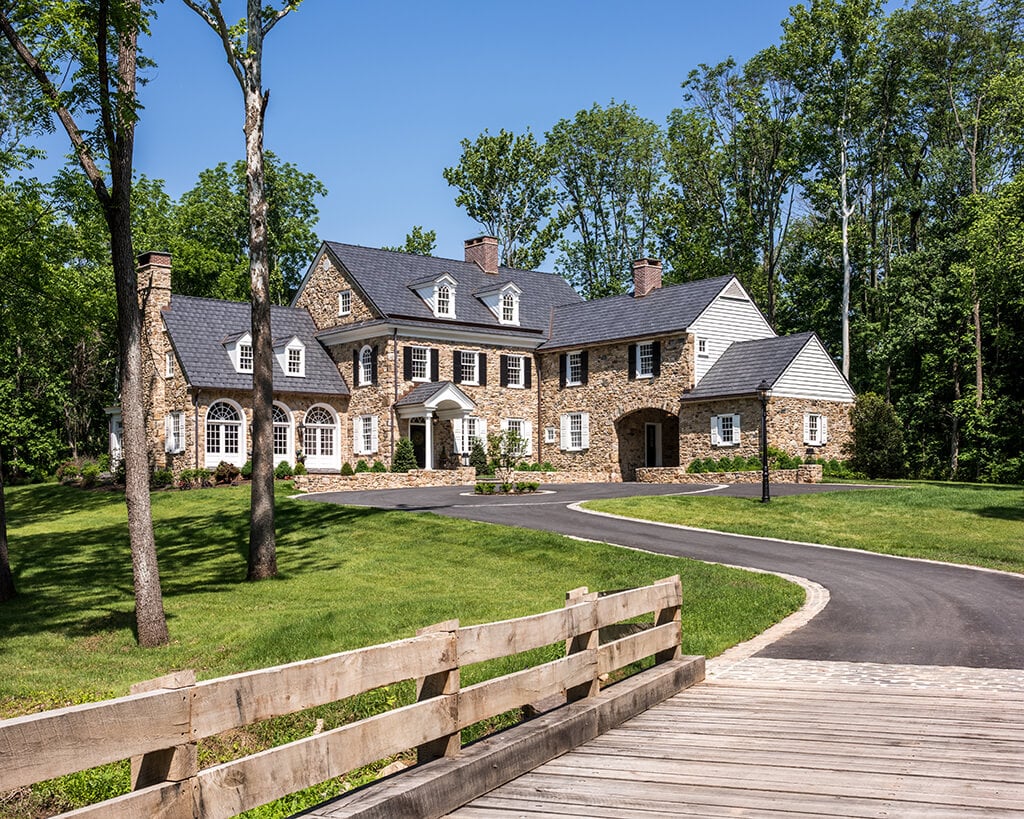
Crafting Curb Appeal: The Art of Selecting the Perfect Panel Shutters
Panel shutters are amongst the oldest shutter styles. They existed well before louver shutters became popular in the 18th century and initially evolved as a lighter, more elegant take on the classic board and batten shutter. They were especially common on the ground floor of a home, where they could provide protection as well as warmth.
Historically popular on early American and colonial-style dwellings, panel shutters remain a top exterior shutter option to this day. However, if you’re considering a panel-style window shutter, you need to take the decision seriously.
Here are five questions that turn panel shutter selection from a basic choice to an artistic home improvement resolution calculated to craft your curb appeal.
Should You Go With Raised, Flat, or Recessed Panel Shutters?
The first question is whether to go with raised, flat, or recessed panels. Visually, recessed panels lend themselves to stunning shadows and visual engagement. Flat panels offer a clean, minimalistic look. Raised panels are a bold and classic colonial look that dates back to the 18th century.
If you’re unsure which one is the best option for your luxury home, try looking up pictures of similar architectural styles in your region. Then, try to match your shutters with your home style. If you can’t find comparables, consider asking a professional for their opinion.
What Panel Shutter Material and Configurations Do You Prefer?
Panel shutters come in multiple materials, with two options that work best. For a quality build with minimum maintenance, consider Timberlane’s Endurian PVC synthetic shutters. If you want historical accuracy, premium wood is the way to go. (Premium is the keyword here.)
Consider the configuration of the shutter, too. Do you want one field? Two? Four? How should they divide the panel? This can add a unique element to your shutter design.
Should You Split the Difference With Combination Shutters?
Panel shutters are a great look on their own. However, some homes benefit from the synergy of combination shutters.
These are shutters that are panel on one half and louvered on the other. They work particularly well on Cape Cod, Craftsman, and Victorian homes—although they can work on other styles, as well.
Are You Thinking of the Details?
A shutter may feel like a simple detail on a home’s exterior. But if you’re truly trying to craft better curb appeal, you want to consider each detail before making a purchase.
For instance, if you order custom shutters for your luxury home, you can ensure each one has proper capping. You can also invest in radius top shutters for arched windows. Don’t forget about rabbeting, beading, and other hardware options—not to mention choosing a stain or paint color that goes with your home.
What About Cut-Outs?
Finally, there’s the flourish. Cut-outs provide a way for you to put your own personalized mark on each of your shutters.
Panel cutouts are the ultimate artistic expression for your shutters. They’re literally like working with a blank canvas. They give you the chance to tell a story through your home.
Building the Perfect Panel Shutter With Timberlane
Panel shutters may be a traditional and commonly used exterior shutter option. But that doesn’t mean they’re bland. Nor are they predictable. From recessed and raised panels to configurations, combinations, cut-outs, and more, make sure you’re treating your panel shutter selection as an art, not a basic decision or something on your to-do list.
If you’re struggling to make your selection with confidence, you can get in touch with our team at Timberlane. Our highly skilled artisans understand the creative element that goes into custom luxury shutters. They are familiar with hardware, color, material, and architectural preferences. They’re the ones you want by your side as you make decisions that will impact your home’s appearance and curb appeal for years to come.





black-louver-shutters-on-a-white-home-3.png)